Enhanced Diagnostic Techniques
The Thyroid Eye Disease Treatment Market is being positively impacted by enhanced diagnostic techniques that facilitate earlier and more accurate detection of the disease. Advances in imaging technologies, such as orbital ultrasound and MRI, allow for better assessment of the severity of thyroid eye disease. These improvements enable healthcare providers to tailor treatment plans more effectively, which may lead to improved patient outcomes. As diagnostic capabilities continue to evolve, the market is likely to see an increase in the number of patients seeking treatment, thereby driving growth in the Thyroid Eye Disease Treatment Market. Furthermore, early diagnosis can lead to timely interventions, which are crucial for managing the disease.
Advancements in Treatment Modalities
Innovations in treatment modalities are significantly influencing the Thyroid Eye Disease Treatment Market. Recent advancements include the introduction of monoclonal antibodies, such as teprotumumab, which have shown promising results in clinical trials. These novel therapies offer targeted treatment options that may improve patient outcomes and reduce the need for invasive procedures. The market is also witnessing the development of combination therapies that enhance efficacy and minimize side effects. As these new treatment options gain regulatory approval and become available, they are expected to attract attention from both healthcare providers and patients, thereby propelling the Thyroid Eye Disease Treatment Market forward.
Rising Incidence of Thyroid Eye Disease
The Thyroid Eye Disease Treatment Market is experiencing growth due to the rising incidence of thyroid eye disease, which is often associated with autoimmune conditions such as Graves' disease. Recent estimates suggest that the prevalence of thyroid eye disease may be as high as 16% among patients with Graves' disease. This increasing incidence necessitates the development and availability of effective treatment options, thereby driving market expansion. As more individuals are diagnosed, the demand for specialized therapies, including corticosteroids and surgical interventions, is likely to rise. Furthermore, the growing recognition of the condition among healthcare professionals contributes to earlier diagnosis and treatment, which may further stimulate the Thyroid Eye Disease Treatment Market.
Growing Investment in Research and Development
The Thyroid Eye Disease Treatment Market is benefiting from increased investment in research and development by pharmaceutical companies and academic institutions. This financial commitment is directed towards understanding the underlying mechanisms of thyroid eye disease and developing innovative therapies. For instance, funding for clinical trials has surged, with several studies currently underway to evaluate the efficacy of new treatment options. This influx of investment not only accelerates the pace of discovery but also enhances collaboration between researchers and clinicians, fostering a more robust pipeline of therapies. As a result, the Thyroid Eye Disease Treatment Market is poised for significant growth in the coming years.
Increasing Awareness and Education Initiatives
The Thyroid Eye Disease Treatment Market is experiencing growth due to increasing awareness and education initiatives aimed at both patients and healthcare professionals. Campaigns designed to educate the public about the symptoms and risks associated with thyroid eye disease are crucial in promoting early diagnosis and treatment. Additionally, healthcare providers are receiving more training on recognizing and managing the condition, which may lead to improved patient care. As awareness levels rise, more individuals are likely to seek medical attention for their symptoms, thereby increasing the demand for treatment options. This trend is expected to contribute positively to the Thyroid Eye Disease Treatment Market.


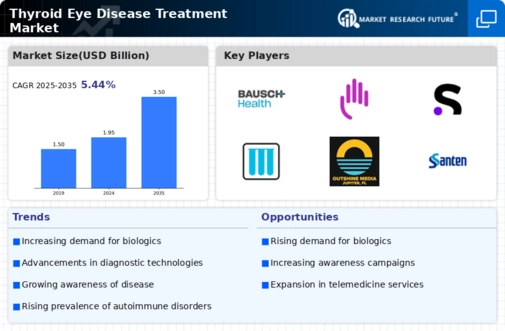
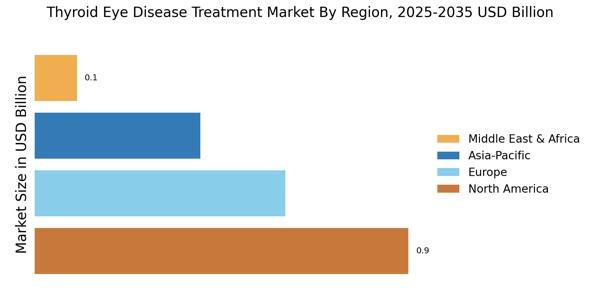


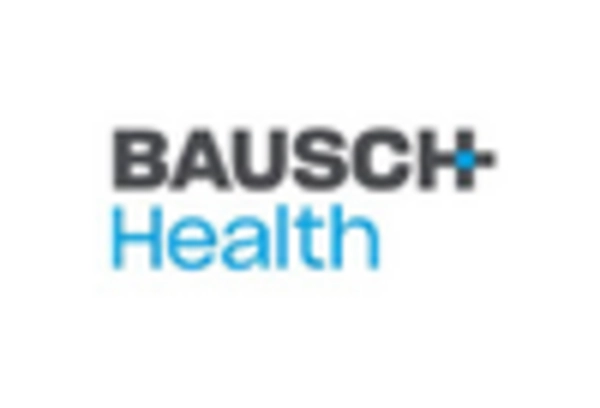
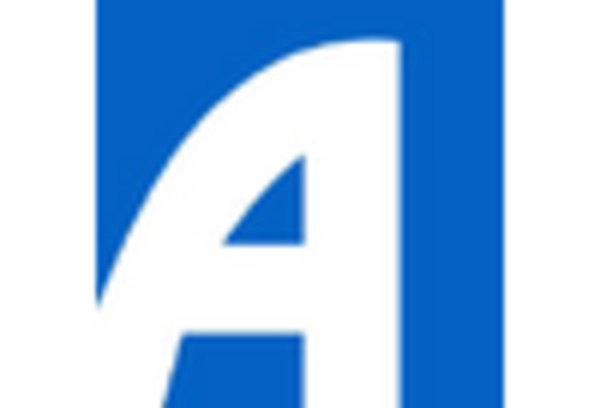
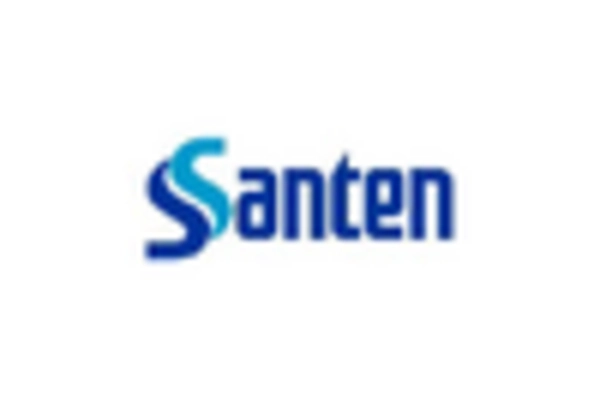
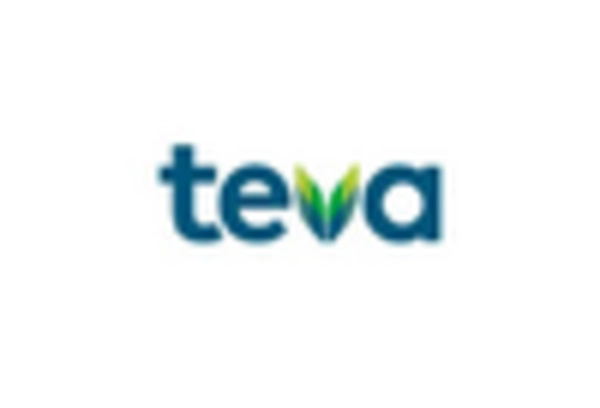








Leave a Comment